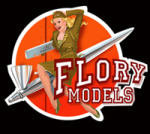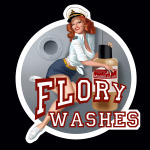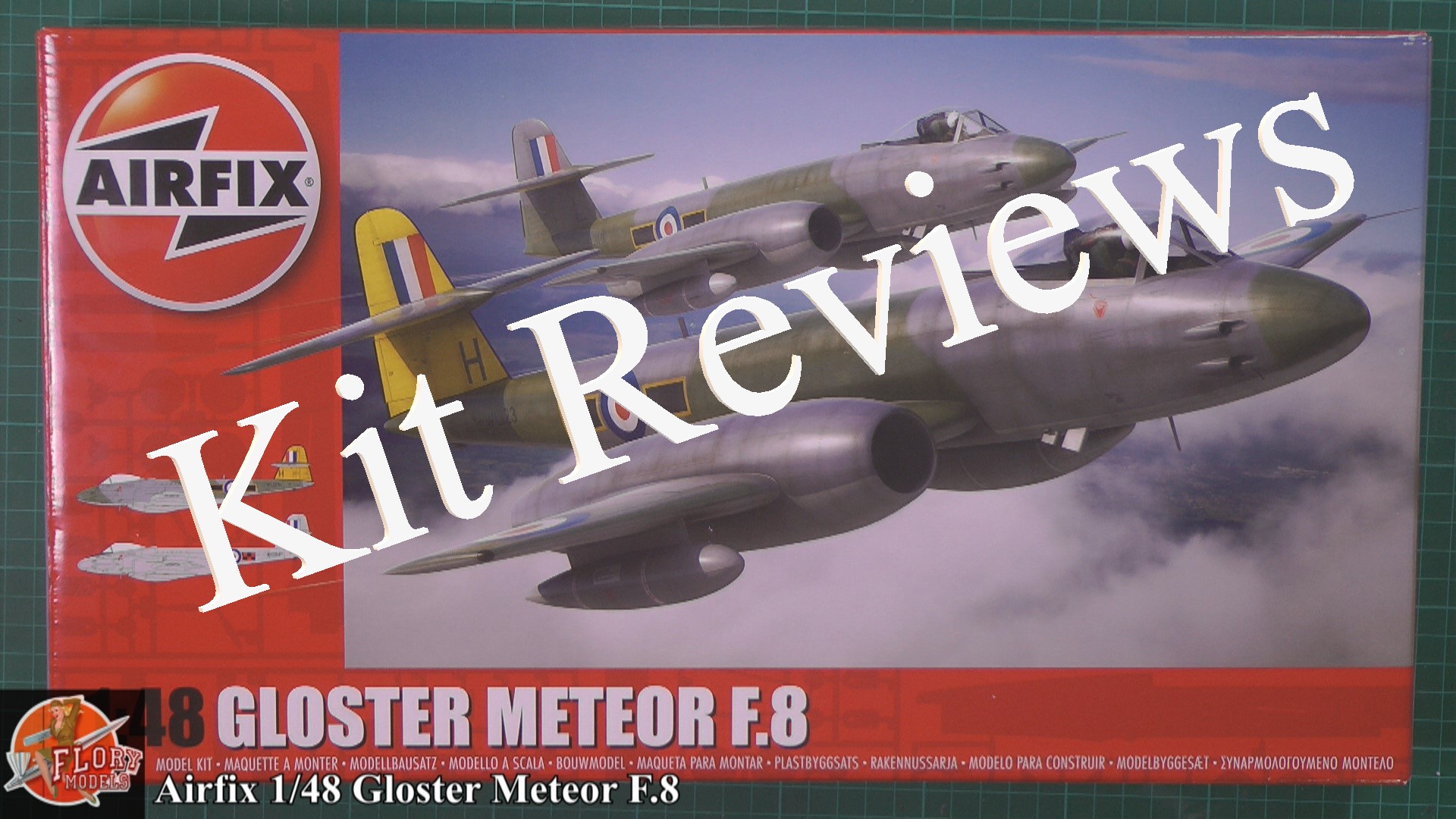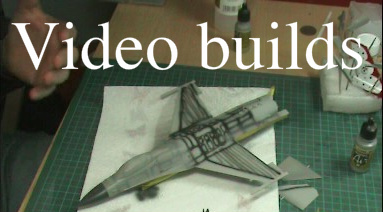The build thread details all the aftermaket parts, paint types, colors, and other items used throughout the build.
Patrol Boat, River (also referred to as Riverine), or PBR, is the US Navy designation for a type of rigid-hulled patrol boat used in the Vietnam War from March 1966 until the end of 1971. They were deployed in a force that grew to 250 boats, the most common craft in the River Patrol Force, Task Force 116, and were used to stop and search river traffic in areas such as the Mekong Delta, the Rung Sat Special Zone, the Saigon River and in I Corps, in the area assigned to Task Force Clearwater, in an attempt to disrupt weapons shipments. In this role they frequently became involved in firefights with enemy soldiers on boats and on the shore.
This diorama depicts one of those firefights in a scene I call:
"We're taking fire!"
I'm going to try and do this little lonely catagory proud with my rendition of the Tamiya 1/35 PBR Mk. II River Patrol Boat.
I hope I can squeeze this one in before the clock runs out.
If the build goes as I hope, I would like to take a shot at the figures which are included and (if the stars are properly aligned and time slows down) even try to put her into a diorama.
Here are the obligatory box and sprue shots. And yes, I couldn't stop myself, there is an Eduard PE set for this kit as well.




This will be my first maritime vessel and it looks like it will be a lot of fun. I can't wait to start.
Started out with the figures. I am painting the flesh parts first in several steps. Mounted the pieces on cocktail sticks and keep them placed on the "carousel of horror" while I'm working on them! 
This is only my second set of figures and I still cannot paint with oils yet, so these will be painted with acrylics. I applied a base coat of Vallejo Model Air 025 Dark Yellow. After drying, I brushed on a coat of Future and left it overnight.
Meanwhile, started cutting up the plastic kit parts to add the Eduard PE pieces.
The Eduard folks are crazy enough to make a gunsight for the .50 cals and I'm crazy enough to put on (I'm suprised it made it on the gun and not the carpet!)
More bits glued to the hull.

Lots of other small bits and pieces glued up.
More PE bits and styrene used to detail the tripod mounted .50 cal.
Nearly the entire mount in the twin .50 is comprised of PE parts. Makes a bit weak, hopefully it will hold together!
The next step in my figure painting experiment was to apply a dark colored wash to get into all the creases an crevices of the fleshy parts. In the past I have used the Vallejo Panzer Aces 343 Shadows Flesh but I thought is was a bit too red. I bought my first batch of Citadel paints and thought I would try their Ogryn Flesh wash. Not nearly as red and it is already in a wash format, I just brush it on and let it run into all the crevice areas.



The wash dries fairly quickly so I was able to move on to the next step of adding the first application of flesh color. I tried to use the Citadel Elf Flesh, but those elves must not get out in the sun much!  It was too light, maybe I can use it as a highlight. So I used the Vallejo Panzer Aces 341 Flesh Base with about 60% thinners to make sure I didn't cover up the dark shading too much.
It was too light, maybe I can use it as a highlight. So I used the Vallejo Panzer Aces 341 Flesh Base with about 60% thinners to make sure I didn't cover up the dark shading too much.
I brushed it on being careful not to apply it directly into the major creases and crevises, especially around the eyes.


All of the major parts are built, so I plan to paint and weather the major sections and piece them all together during final assembly.
Most of the pictures I saw showed that the PBRs were painted with a black bottom hull. So after much debate (thanks for putting up with me Stealthranger!) I painted it black (maybe I should run a poll to see if it should be red. . .  )
)
Anyway, I also painted the major surface edges black as a form of preshading. 


Used Tamiya XF-58 Olive green for the main color. Tried to let quite a bit of the preshading show through along the edges. Then to post shade, I added a few drops of Tamiya XF-19 Sky Grey and about 25% additional thinners to the mix. I then went back and lightly oversprayed the original XF-58 to blend it all in a bit.


The kit part antennas were about an inch tall which is about 3 feet/1 meter in full scale. The antennas on the real boats were much taller. So I decided to cut some very stiff wire to make new ones. To simulate the springs at the base, I wound two different gauges of copper wire (fuse wire) and added additional styrene on the backside of the holes to give them more strength to stand straight and also to make them removable so they do not have to be glued in permanently for easy transportation.
Here the are fully inserted into there mount.
Now I know why people prefer oil paints for figures. It is very difficult to blend the different shades. I also learned NOT to zoom in too close! These guys are definitely made to be viewed from a distance. So far this is the hardest part of modeling I have encountered and it makes me truely appreciate the skills many of you have in this area. I have lots and lots of learning and practice to do painting figures.
Anyway. I tried to blend in a lighter flesh color for the highlights, but like I said, it just doesn't really blend and it is easy to see the different colored brush strokes when viewed up close. And as for painting the eyes, I tried to get some off white color in general area and tried to keep the pupil small enough to keep them from looking like Zombies, but it didn't turn out too well. About the only thing that worked the way I wanted was to try to not have the figures looking straight ahead. I read that it is much easier to have them look in any direction other than straight ahead as that is the hardest to get right.



I have ordered some Envirotex to use as the water in the diorama and hopefully it will arrive in time.
Lots of little things to do at the moment.
Put together the main cabin, and in reference photos noticed that there was a radio below the radar that has a hole but no kit part for. Used some flat styrene for the box, rod to make knobs, a leftover piece of PE for the speaker, and a generic dry transfer placard to give a face.
Also added some wiring, a microphone and finished the main gauges.
I pretty much dry brushed everywhere there was an edge and gave it a good spray a future. With the glossy coat of future on, a lot of the drybrushing seems to have disappeared. Hopefully it will show back up when I put on the final dull coat. Has anybody noticed this in their builds? I hope is comes back.
I dry fit the main cabin to get an idea of the final look.
Very few decals, most are for the accessories, including beer bottles!

Painted the uniforms on the figures. Photos show nearly a faded OD green for all parts including the vest. Well to try and break it up a bit, I tried to fade the vest from the shirts and trousers. The base color was the Vallejo MC 893 US Dark Green, tinted with a bit of grey to give it the faded look. I then applied 889 Olive Drab into the crevices for shading and a mix of the Olive Drab and 894 Russian Green to create highlights.
In the photos, the shading is a bit stark, but at normal viewing distance (probably where I should have taken the photo!) it is not so bad. I still have a lot to learn as my decision about where to put shading and highlights is very mechanical (crevice = shade, ridge = highlight) and not from the viewers angle.
Hopefully the final dullcoat will tone it all down a bit.

Next up, the base. I began with a 1/2 price HobbyLobby shadow box frame for $10 since it would provide a deep base. First step was to seal the inside with the real metallic type of duct tape. This is to ensure none of the Envirotex seeps out.
Next step was to cut a piece of 1/2" foam insulation board to place in the bottom and another piece which I hope to represent the shoreline. Placed the hull in the general position and I plan to cut a groove to make sure the boat is at the right height in the water.
I built a little foam box to play with the envirotex, make sure the duct tape would seal like I hoped and to test different color paints for the river bottom. I mixed a small batch (it is a two part mixture - I forgot to take shots of the box and bottle - sorry, I'll get them next time) and added just a couple of drops of Tamiya XF-62 Olive Drab to color the water. Half of my test box is painted black and the left half is painted Olive Drab. This photo was taken about 3 hours after I first mixed up the batch. The instructions say is can take 36 hours to cure at about 75-80 degrees. The bubbles are normal and the instructions say simply breathing on them will cause them to settle out. Well, I'm not going to do that! So I took my mini torch and they came out in about 5 seconds (no after pics though).
Sorry for the bright picture, but I wanted to show just how clear the liquid is even with a few drops of paint added. You can still see the bottom through about 1/2" of liquid.
I had some left over so I when ahead a poured it into the base keeping it in the area that will represent the deepest water in the frame and should be the darkest color.
I'll take more step by step photos when I do the rest. I will also be adding a top layer of Liquitex Gloss Medium to shape and color to repesent moving water. Pictures of that will come once my test box has fully cured in a day or two.
Next was to play with the dot filter. For those that have never heard of it, it is simply a wash of oil paints of many different colors to provide a tonal variation to the big olive drab mass of boat. I've never done it before, and the after pictures don't really hightlight the effect very well.
First step is to put different colors of oil paints into a palette.
Next, place random dots of color over the piece (The part has had a coat of Future). I tested it on the inside of the canopy in case I screw it all up 

Then simply brush the colors together in long streaks, if a certain direction enhances the weathering effect, brush in that direction.
Then take a brush full of thinners (I used turpenoid) And brush in the desired direction, blending the paint together. The idea is to remove probably 95% of the paint leaving only a thoroughly blended hint of variable color to tint the mass of olive drab.
Here is the first piece finished.
I doubt my pictures show much difference. And the difference is not designed to be stark. I definitely see more streaks, some lightness and variations throughout the piece.
Here are some more shots of finished pieces with only about 1 hour of drying time so far. 




I can say that it did not come out as well as I expected overall. Some sections came out better than others. It is definitely more "streaky" than when I started which is one of the weathered looks I was after. Overall, it took about 2 hours to do all the parts involved.
I could see this technique having more of an effect had I not pre or post shaded. Not sure how much I'll use it in the future, but a least I have given it a shot.
Here is a box shot of the Envirotex Lite I am using for the majority of the water.
Surprisingly, after only about 12 hours, my test layer was dry to the touch, It may not be fully cured, but I could go ahead and lay down a second layer. This will shave quite a bit of time off my build schedule.
The first layer dried smooth and clear. And you can easily see the olive drab on the left and the black on the right. After Googling pictures of the Mekong river, I think I will go with the olive drab with a shade of brown instead of the black. 
Well, smooth water is great for a swimming pool but not for a river. So my plan is to add texture to the surface layer using Liquitex Gloss gel medium.
On my test piece, I simply brushed on a thin layer.
After letting it set up for 10-15 minutes, I went back and tried to brush in some "water texture". It took about 8 hours for this thin layer to fully dry.
So my next step is to dry brush the "wave tops" with Citadel Skull White to give it a white cap look of a windy day.
It definitely lets you see more of the water texture, but I think it still needs a little more "action" so I will add a thicker second coat.
Here is a picture with the gloss gel still wet. When it dries, the white will turn clear and I will once again need to highlight with white to bring it back to this same wet look. I have also played with making different waves, splashes, etc.
More work on the base as well. Using the SceneArama Casting Plaster, I molded the shoreline and stuck a few items from my yard to start to fill it in with jungle vegetation. Hopefully, the LHS might have a few palm trees because I don't think I have time to order any. If not, I will just fill it in with random green vegetation. (or I could just say it is a rare winter snowfall in the Delta!  )
)


This needs to dry overnight before I attempt to paint. Painting terrrain will be another first for me (maybe another reason to stick with the snowfall idea!)
In the meantime, I cut out the foam board so the boat and the water level would be at the correct finished height.

Looks like the jet nozzles will be completely hidden in the finished scene.
Starting some final assembly on the boat as well. This will probably be the last time we can see the cockpit area, most of it will be hidden once the canopy is on. I do have the dull coat already applied and a lot of the weathering from my dot filter application really came to life. Makes me feel a bit better about all the time and effort I put into it.
I got the base painted and I was happy enough with it that I've decided not sprinkle the grassy diorama stuff to simulate turf. Still hoping to find a palm tree or two to finish it out.
Got the first layer of water poured. The Envirotex will not be the time issue, I expect to pour the second and final layer tomorrow. The Gloss gel medium is taking far longer to dry on my test piece than I expected.
Here's a couple of pictures showing the first layer and some more final assembly.

The second layer of Envirotex proved to be more problematic than the first. Even though I measured equal amounts of resin and hardener and feel that I mixed it thoroughly, it has failed to fully dry even after 4 days. The top 1mm is still tacky, and when touched, will leave a temporary fingerprint which disappears within minutes. It is almost as if a thin layer of resin has risen to the very top as the layer was drying.
It is my guess that I should have let the first layer cure another 24-48 hours before adding the second the layer. But the clock was running so I had to keep moving forward. Fortunately, this problem has not affected the appearance of the water.
I was still able to successfully apply the Liquitex gloss gel medium to simulate the "active" water. It dried as it was supposed to, even over the tacky Envirotex layer which allowed me to finish on time.
I was able to find some cheap looking plastic palm trees which, with some airbrushing, were added to help give it the Vietnam jungle look everyone is familiar with. I also printed a Vietnam jungle background from the Internet to place behind the diorama in give it more depth.
Overall, the kit went together quite easily with high quality fit and finish.
I was also able to experiment with both the dot filter and simulating water in a diorama. Both of which turned out to be easier than I first expected. I am by no means an expect in either, but I won't hesitate to use them again in the future. Hopefully my descriptions and pictures have removed the mystique so that you too will be willing to try it in the future.
I was also able to use many of the tips and techniques many of you have posted here on the site for building, finishing, and painting the figures in this diorama.
I hope you've enjoyed following this as much as I have putting it together.
Below are images of the completed diorama.




















Thanks
Ross











